- Call us (English): +971542377129
- Call us (Arabic): +971506460402
Send Your Information
Please fill in the fields below; WhatsApp and email will be prepared.
Please fill in the fields below; WhatsApp and email will be prepared.
Our specialists at Yasmin Trading handle inquiries like these every day.
If you have a question, don’t hesitate to reach out—we’re here to help!
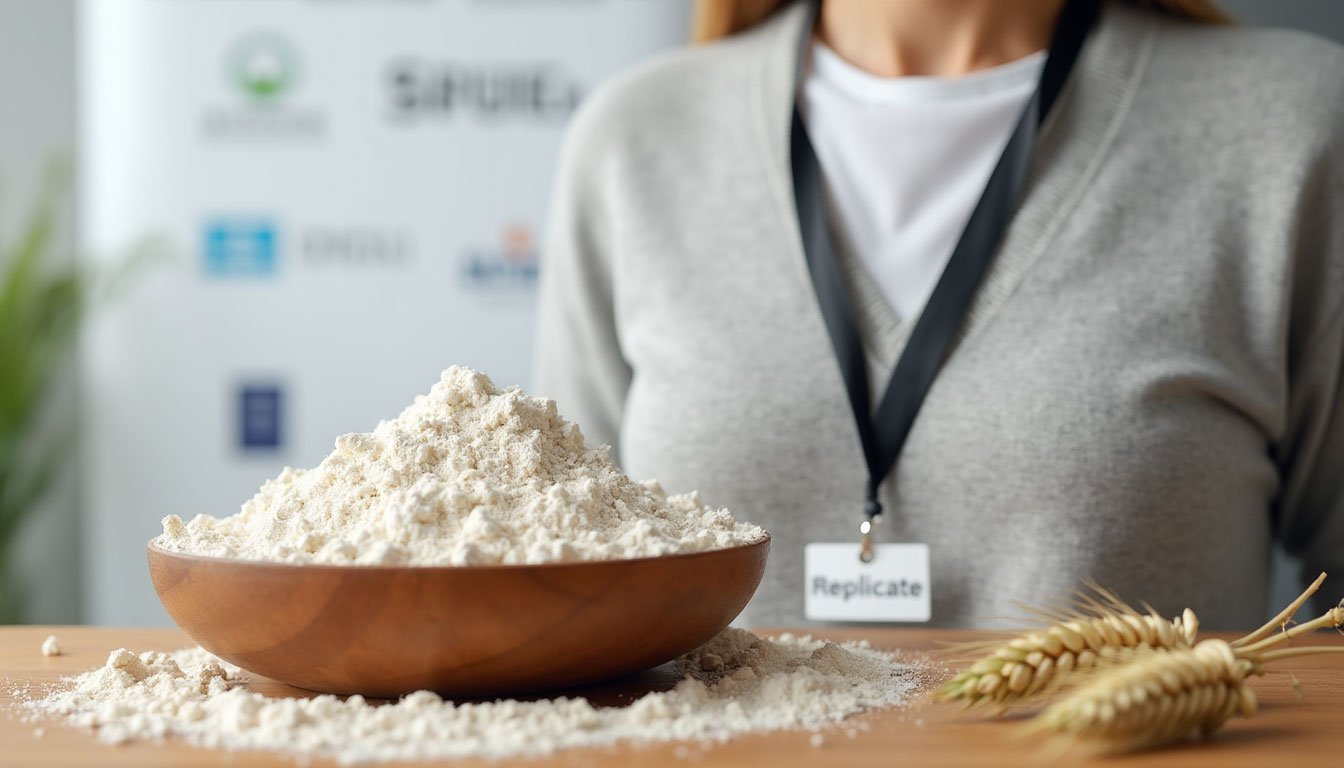
Wheat starch is a complex polysaccharide polymer extracted from wheat, serving as a critical raw material in multiple industries due to its versatile properties. It is widely utilized to produce modified starches such as oxidized, cross-linked, and substituted starch, which have diverse applications in food production, paper manufacturing, textiles, pharmaceuticals, and even cosmetics. These modified starches are essential for controlling texture, stability, and viscosity in various products. Additionally, wheat starch can be hydrolyzed into glucose and maltodextrin, which are key ingredients in food and beverage production, pharmaceuticals, and the production of sweeteners, thickeners, and emulsifiers. The starch’s ability to be used in biofuels also contributes to its growing significance in energy production. As the global demand for processed foods, chemicals, biofuels, and pharmaceutical products increases, the consumption of wheat starch continues to rise steadily. Its multifunctional role in modern industries ensures its continued importance, driving innovation and sustainability across sectors.
Yasmin Trading is a leading supplier of industrial solutions, specializing in state-of-the-art equipment for Wheat Starch production lines. With a strong focus on quality and innovation, we cater to the needs of manufacturers across Egypt, Saudi Arabia, UAE, and Africa. Our mission is to empower industries with reliable machinery, tailored solutions, and unparalleled technical support, ensuring seamless factory operations and exceptional product output.

The wheat starch production process focuses on efficient separation techniques to extract high-purity starch. Key methods like the Tri-Canter Process and Continuous Martin Process enhance efficiency and product quality.
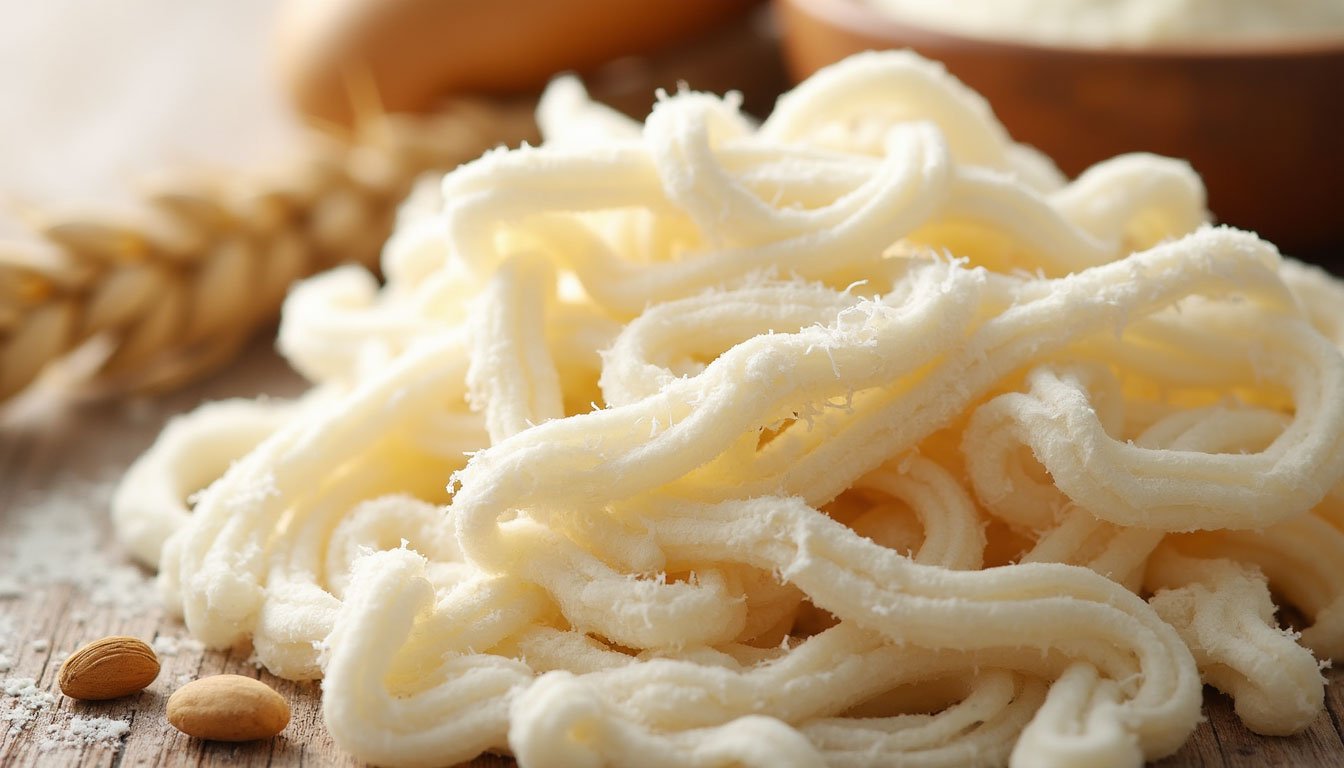
The process separates gluten from wheat starch using centrifugation and filtration. The extracted gluten is dried, milled into vital wheat gluten (VWG), and used in food and industry. Advances in technology have enhanced quality, yield, and efficiency to meet global demand.
“Yasmin Trading, a leading supplier of advanced wheat starch production line equipment, is ready to provide the best solutions to enhance your business.”
we cannot publicly display the full details of our complete processing lines and machinery.
However, if you’d like to learn more about our extensive expertise or discuss solutions tailored to your specific production needs, we invite you to get in touch with one of our specialists.
They will be happy to provide you with further information, pricing details, and a free consultation to guide you through the process.

Founder of Yasmin Trading
below are some examples of Wheat Starch making machines and complete processing lines suitable for the processing of wheat starch
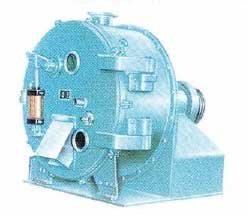 Removing the moisture from the starch slurry.
Removing the moisture from the starch slurry.
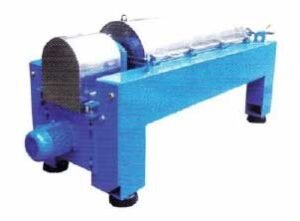
The decanter is used for starch concentration.
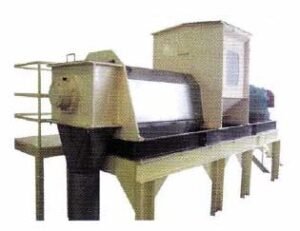
Removing the moisture from the wet gluten.
The air dryer is used to dry starch and gluten.
Characteristics Of The Equipment:
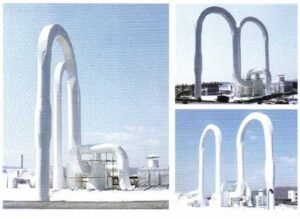
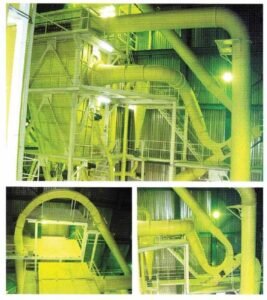

The dough mixer mixes flour with appropriate proportion of water to form even dough.
Characteristics Of The Equipment:
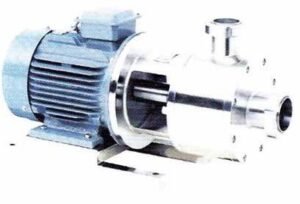
Homogenizing the dough to make the gluten and starch easily be separated.
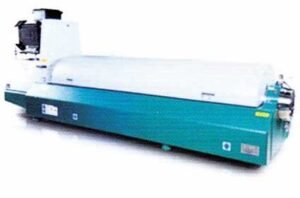
Separating the dough into three phases: rough A-starch, rough gluten and pentosan.
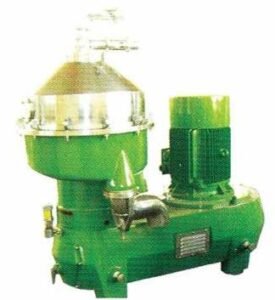
The disk separator separates starch slurry into A-starch slurry and B-starch slurry. It also can be used for B-starch refining.
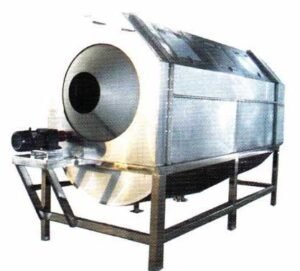
Washing gluten and separating starch from the wet gluten.
Characteristics Of The Equipment:
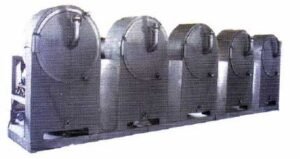
Separating fiber from starch by centrifugal force.
Characteristics Of The Equipment:
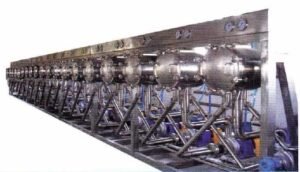
The hydro-cyclone is used for starch recovery, washing and refining.
Characteristics Of The Equipment:
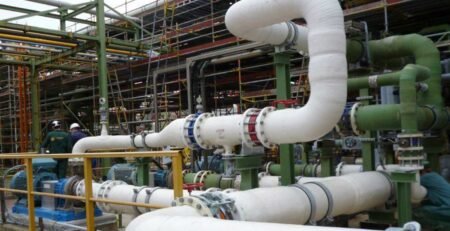
By passing the era of metallic pipes, it’s time to renovate the piping industry through composite pipes. The GRP (Glass... read more
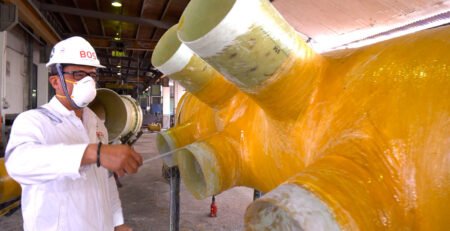
Do you ever look for a reliable solution to GRE pipe joints? Selecting the best method, based on your project... read more
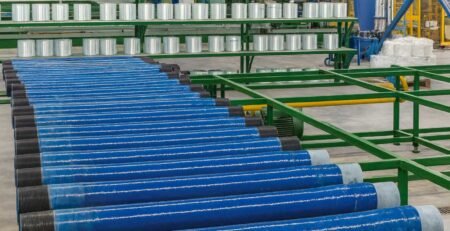
Have you ever wondered what pipe type replaced traditional metal pipes in oil and gas pipelines? Studies show GRE pipes,... read more

Among all composite plastic-based pipelines, selecting the best option aligned with project demands in oil and gas or marine systems... read more

In this big world where everything changes so quickly, what has happened to traditional digging in pipeline installations? The answer... read more
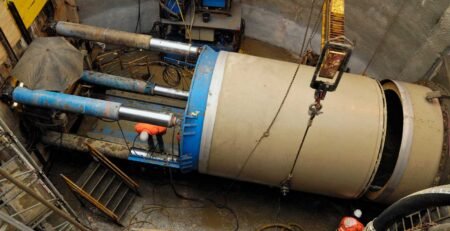
How to install pipes without tearing up the road above? The answer relies on such a magnificent process called "Pipe... read more
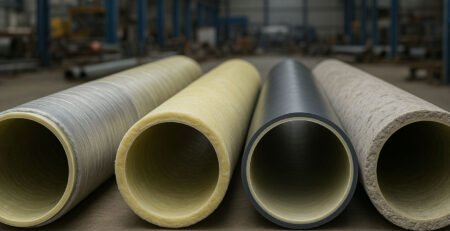
Pipelines are the invisible veins of cities and industries that constantly transfer liquids. The harsh environment of underground piping systems... read more
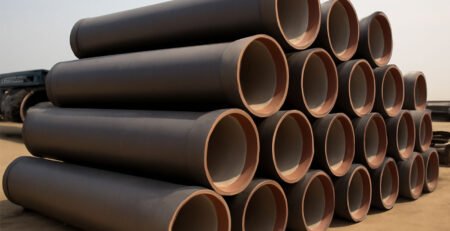
Ductile iron pipe GCC market forecast to reach such value at USD 530-540 million, with an expanding rate of about... read more
Enter your details to contact us via WhatsApp
